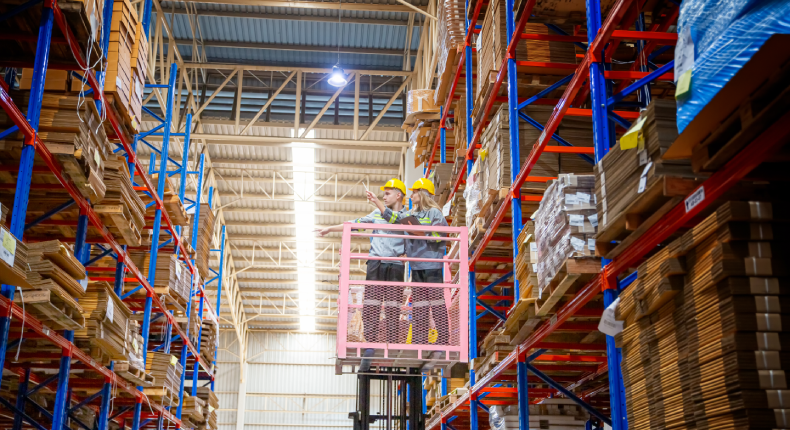Information
Legal information
Funded by


Inbound logistics plays a vital role in supply chain management by ensuring that materials and resources are delivered to businesses efficiently and on time. This approach encompasses all activities related to the transportation, reception, and storage of inputs required for production. Its proper implementation allows companies to maintain a steady and efficient flow of materials, reducing costs and improving coordination between the various areas involved. For any logistics-focused company, mastering inbound processes is essential to maintaining a competitive edge.
Índice de contenidos
ToggleInbound logistics, or logistics of entry, focuses on the flow of materials and goods from suppliers to the company. This process includes planning, transportation, and the receipt of products that will later be transformed or distributed. By efficiently managing these flows, businesses ensure the availability of critical resources, enhancing their operations and mitigating operational risks.
The inbound logistics process begins with the coordination between suppliers and the company to guarantee that resources arrive in the agreed quantities and at the scheduled times. This includes everything from arranging transportation to implementing integral warehouse management, ensuring that materials are available at the right place and time for production.
Effectively managing inbound logistics is key to avoiding disruptions in internal operations. A well-coordinated supply chain helps reduce costs, optimise production timelines, and ensure a steady supply of materials. This is crucial for companies to adapt quickly and efficiently to market demands.
Moreover, this initial phase directly impacts the quality of the final product, as proper control ensures that the inputs meet the required standards. As such, it forms a foundational pillar for business competitiveness, supporting strategic goals and customer satisfaction. In this context, many companies also consider reverse logistics services as a complementary extension of their inbound logistics, enabling greater sustainability in handling materials and returns.
The objectives of inbound logistics extend beyond ensuring the delivery of materials. Its primary focus is to optimise resources, reduce waiting times, and minimise costs associated with storage or transportation. Achieving these objectives involves detailed planning and leveraging technological tools to maximise efficiency.
Key objectives include:
For inbound logistics to be efficient, various functions must be coordinated to ensure seamless integration between suppliers and the company. These functions aim not only to optimise timelines but also to guarantee the quality of the materials entering the organisation.
These functions are integral to any specialised logistics company, contributing to an efficient and sustainable material flow that supports internal operations and promotes long-term success.
Implementing efficient inbound logistics brings numerous advantages that positively impact the overall performance of a company. Optimising this process improves both internal operations and relationships with commercial partners.
Properly developing inbound logistics is a crucial link in the supply chain, as it ensures the adequate supply of materials required for business operations. Implementing effective strategies at this initial stage facilitates synchronisation between suppliers and internal departments, leading to smoother and more cost-effective processes.
Ultimately, inbound logistics enables businesses to strengthen their operations from the very start of the supply chain, fostering strong supplier relationships and ensuring long-term sustainability. Its integration with other areas, such as reverse logistics and solutions like Co-packing, contributes to a more comprehensive and efficient approach aligned with today’s market demands.
Information
Legal information
Funded by


